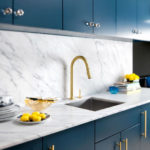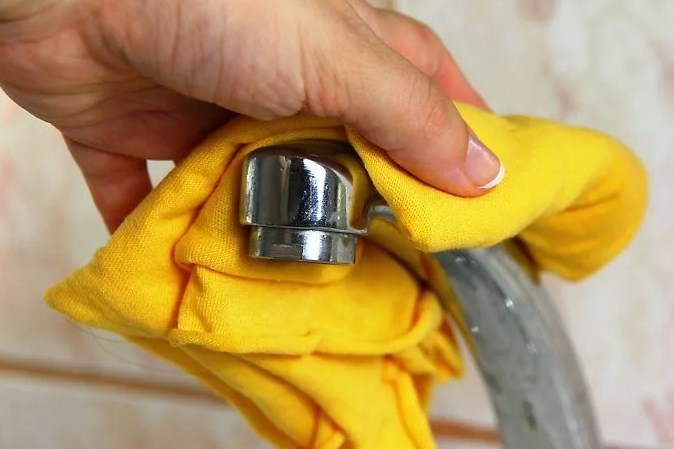Why is the bathroom faucet noisy?
Failures in plumbing devices designed to make our lives more comfortable have different causes and therefore their “symptoms” are different. Some things clearly catch your eye and are easily diagnosed, but some things you don’t notice. Agree, few people will even pay attention to the humming of a water tap. Well, it’s buzzing, and let it keep buzzing. Maybe that's how it's supposed to be. But it was not there. The plumbing fixtures should not exhibit any whistling, buzzing or other similar liberties. This clearly indicates a hardware malfunction.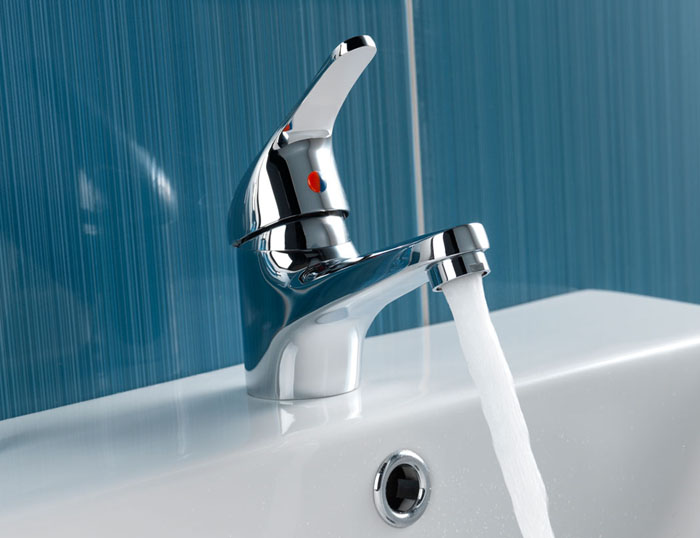
The content of the article
Why is the faucet noisy in the kitchen or bathroom?
The noise coming from different types of faucets has several causes. Most often, such noises are produced by structures with a rubber gasket. But the same noise is possible in ceramic axle-box taps - here there is already a defect made during production. Lever mixers make much less noise.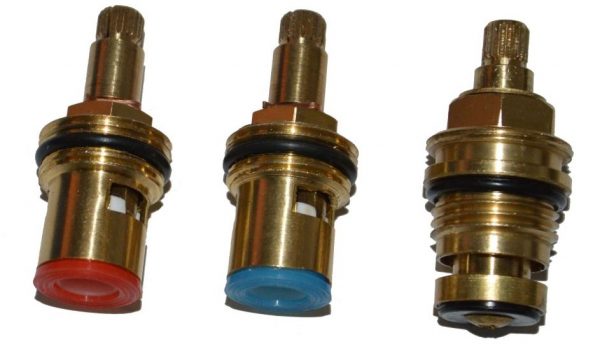
If both mixer valves make noise at the same time, this may be a consequence of high water pressure - this often happens in modern high-rise buildings. Inexpensive products cannot boast of a massive body, so cavitation and microscopic water hammer are possible.
Reference. The mixer makes a lot of noise when there are pressure drops in the water supply.
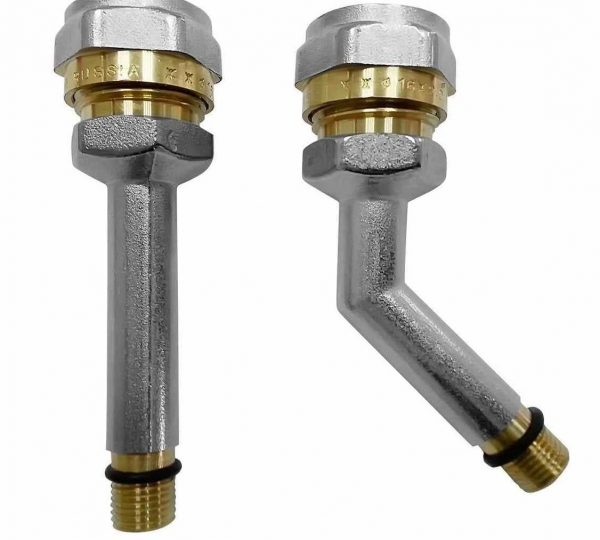
Often, the noise of the mixer refers to the noise from the water supply. Having opened the gasket, you need to pay attention to whether the pipes are securely fixed and whether all fasteners are present. This will eliminate strong vibration. A similar situation in the case of hard eyeliner is much less common.
How to fix the problem if the mixer is noisy
Having determined, by continuously opening and closing the water again, that the noise definitely comes from the mixer, you need to eliminate the problem. Most often, the cause of the hum is wear of the locking parts.
Based on the type of control device, all mixers can be divided into two types. Mixers with one lever and cartridge, as well as devices with valves. Techniques for repairing the damage will vary depending on the type of constipation.
Troubleshooting a single lever faucet
In single-lever faucets, the cartridge is quite reliable. It has ceramic plates that block the water. During operation, the plates wear out - this is what causes whistling and noise when water is supplied and shut off. In addition, unnatural noises can also appear due to natural wear of the gasket.
As a rule, cartridges cannot be repaired, although this is possible. They are easier to change, which can be done on your own. If you pay attention to the attached diagram, it will become clear how to do this.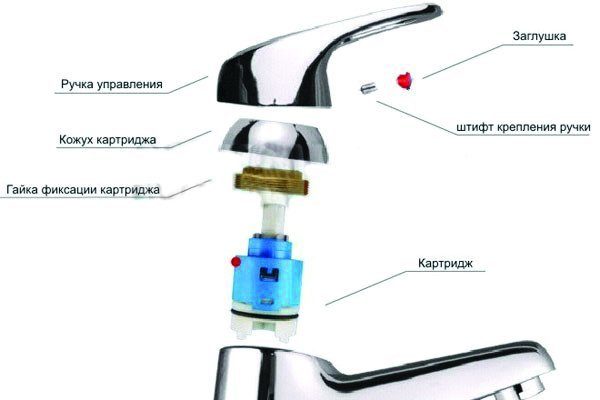
Reference. Over time, the gaskets harden. If you apply silicone lubricant to such a gasket, it will become elastic again.
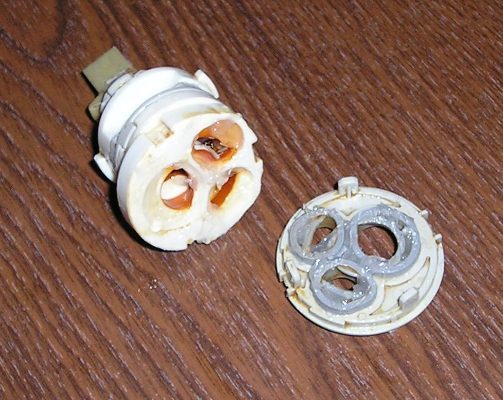
Troubleshooting a valve mixer
The cause of noise in such a device is the wear of the rubber gasket or its damage. Perhaps when the valve was tightened too much, the gasket simply flattened. Then the new faucet will make noise, even if there is no water flowing - after all, the flattened gasket with its edges protrudes beyond the seat and the water pressure causes it to twitch.
The faucet axles of modern mixers have two types. They can be semi-revolving and have ceramic inserts, or they can be valve-type and have a retractable stem.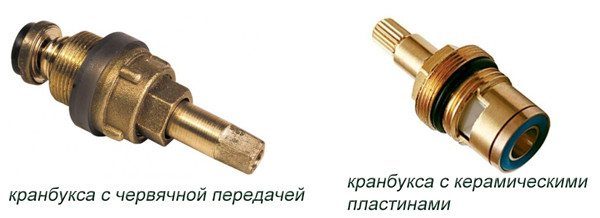
The technology for changing the gasket is different for each type of axlebox. In general, everything is done as follows.
Attention! Before disassembling the mixer, you need to make sure that the water is shut off at the central riser.
To change the gasket in a valve-type axlebox, we adhere to the following plan:
- Remove the cover from the valve handle, unscrew the fastening screw, after which the handle can be removed.
- We unscrew the valve axle from the housing.
- Using pliers, unscrew the washer that secures the gasket. Since the washer may rust, it is better to spray it with WD-40.
- After all this, you can put another gasket and reassemble everything in reverse order.
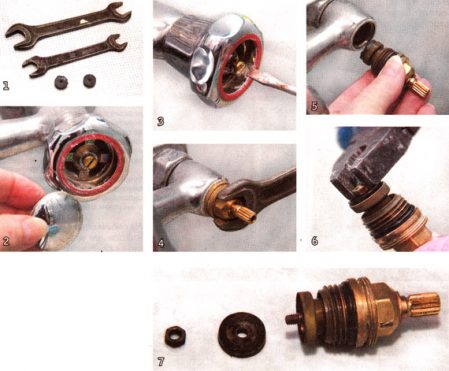
Attention! The edges of the gasket are beveled at an angle of forty-five degrees. With its narrow side it is installed on the saddle. If for some unknown reason the repair kit does not contain the required gasket, but only those with straight edges, then you need to cut the edges by one millimeter to the desired angle. After this, the gasket will fit tightly into place and will not flatten when the valve is tightened.
If you need to change the axle box gasket, which has ceramic liners, it must similarly be removed from the mixer body.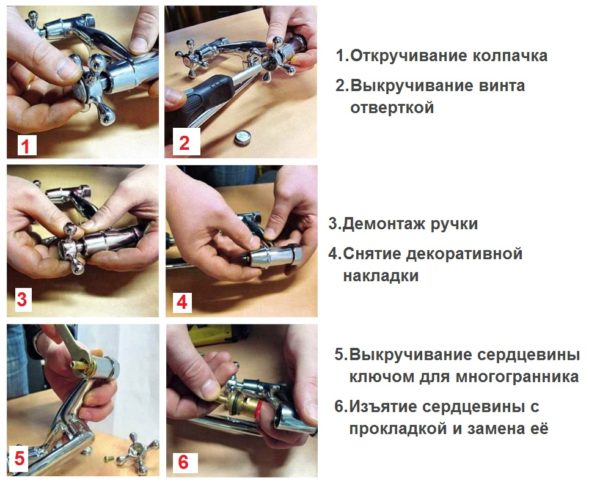
After the axle box is disassembled, the gasket, which is located at the bottom of the device, is pryed off using a screwdriver.Another gasket is installed in its place. In this case, it should be pressed a little to place it in the groove, and then pressed.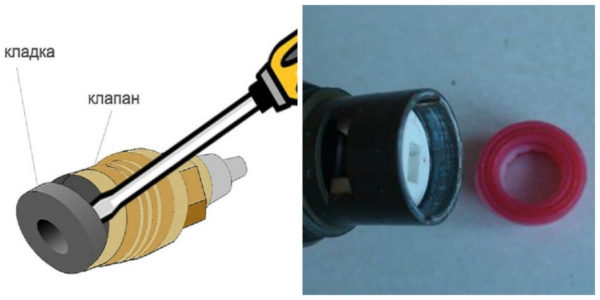
Getting rid of noise when switching the mixer to the shower
Very often, when the faucet switches to supply water to the shower, there is a whistling sound or noise. The most common reason for this is that the switch is clogged with foreign objects. The switch has very small diameter inlet and outlet holes. They are so small that even a slight reduction from their original size causes noise.
Getting rid of this problem is very simple. It is enough to disassemble the switch and thoroughly clean all parts from rust, deposits and all other foreign bodies.
Concluding our story, I would like to note that the reason for the appearance of “vocal data” in conventional faucets is too much pressure within the water supply network, as well as natural wear and tear of the gaskets. Usually, all this can be fixed without resorting to outside help.
But you shouldn’t put off searching for the reason for this “behavior” of the mixer and eliminating this reason, because the consequences may worsen and more serious malfunctions may occur, and then an accident is not far away.



